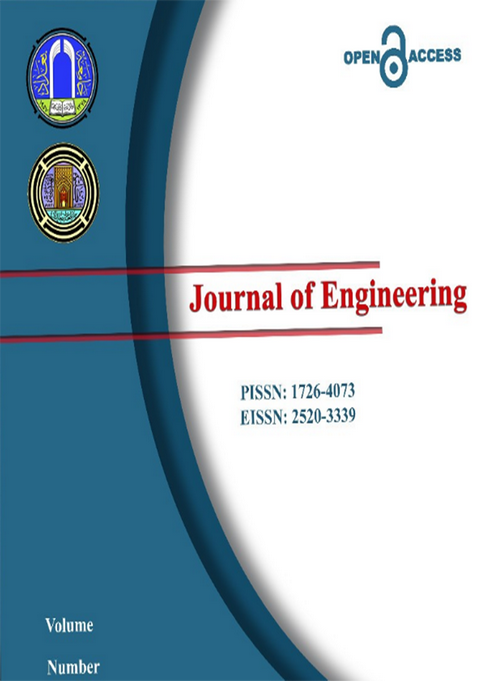Abstract
A model using the artificial neural networks and genetic algorithm technique is developed
for obtaining optimum dimensions of the foundation length and protections of small hydraulic
structures. The procedure involves optimizing an objective function comprising a weighted
summation of the state variables. The decision variables considered in the optimization are the
upstream and downstream cutoffs lengths and their angles of inclination, the foundation length,
and the length of the downstream soil protection. These were obtained for a given maximum
difference in head, depth of impervious layer and degree of anisotropy. The optimization carried
out is subjected to constraints that ensure a safe structure against the uplift pressure force and
sufficient protection length at the downstream side of the structure to overcome an excessive exit
gradient. The Geo-studio software was used to analyze 1200 different cases. For each case the
length of protection (L) and volume of structure (V) required to satisfy the safety factors
mentioned previously were estimated for the input values, namely, the upstream cutoff depth
(S1), the downstream cutoff depth (S2), the foundation width (B), the angle of inclination of the
upstream cutoff (Ɵ1) and the angle of inclination of the downstream cutoff (Ɵ2), H (difference
head), kr (degree of anisotropy) and D (depth of impervious layer). An ANN model was
developed and verified using these cases input-output sets as its data base. A MatLAB code was
written to perform a genetic algorithm optimization modeling coupled with this ANN model
using a formulated optimization model. A sensitivity analysis was done for selecting the cross
over probability, the mutation probability and level, the number of population, the position of the
crossover and the weights distribution for all the terms of the objective function. Results indicate
that the most factors that affects the optimum solution is the number of population required. The
minimum value that gives stable global optimum solution of this parameter is (30000) while
other variables have little effect on the optimum solution.
for obtaining optimum dimensions of the foundation length and protections of small hydraulic
structures. The procedure involves optimizing an objective function comprising a weighted
summation of the state variables. The decision variables considered in the optimization are the
upstream and downstream cutoffs lengths and their angles of inclination, the foundation length,
and the length of the downstream soil protection. These were obtained for a given maximum
difference in head, depth of impervious layer and degree of anisotropy. The optimization carried
out is subjected to constraints that ensure a safe structure against the uplift pressure force and
sufficient protection length at the downstream side of the structure to overcome an excessive exit
gradient. The Geo-studio software was used to analyze 1200 different cases. For each case the
length of protection (L) and volume of structure (V) required to satisfy the safety factors
mentioned previously were estimated for the input values, namely, the upstream cutoff depth
(S1), the downstream cutoff depth (S2), the foundation width (B), the angle of inclination of the
upstream cutoff (Ɵ1) and the angle of inclination of the downstream cutoff (Ɵ2), H (difference
head), kr (degree of anisotropy) and D (depth of impervious layer). An ANN model was
developed and verified using these cases input-output sets as its data base. A MatLAB code was
written to perform a genetic algorithm optimization modeling coupled with this ANN model
using a formulated optimization model. A sensitivity analysis was done for selecting the cross
over probability, the mutation probability and level, the number of population, the position of the
crossover and the weights distribution for all the terms of the objective function. Results indicate
that the most factors that affects the optimum solution is the number of population required. The
minimum value that gives stable global optimum solution of this parameter is (30000) while
other variables have little effect on the optimum solution.
Keywords
artificial neural networks
Exit Gradient
Factor of safety.
Genetic algorithm
Inclined Cutoff
Optimization
uplift pressure
